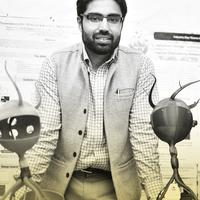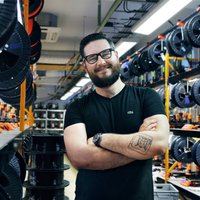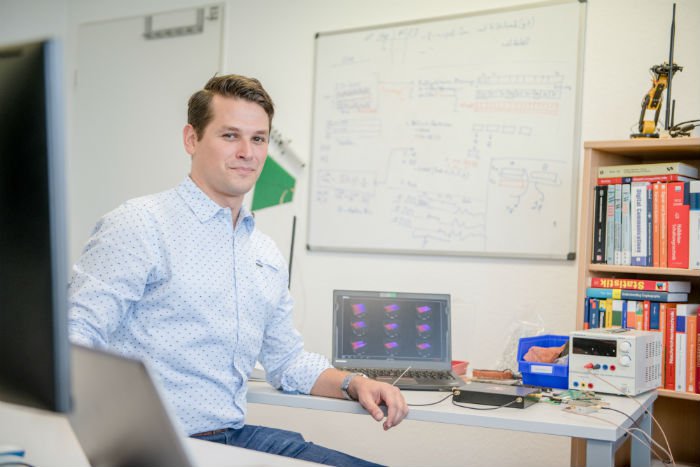Computer & electronics hardware
Christian Zenger
A system that detects small changes in the signals emitted by scrambling devices could create an impenetrable Internet of things
RUB, Marquard

Global
Manan Suri
His computer chips mimic the workings of the human brain.

Europe
Josef Průša
His simplification of the design of traditional 3D printers has democratised the technology so that anyone can use it

Global
Natalya Bailey
A system to propel tiny satellites using electrical energy.

China
Tiefeng Li
Making soft robots faster and smarter
